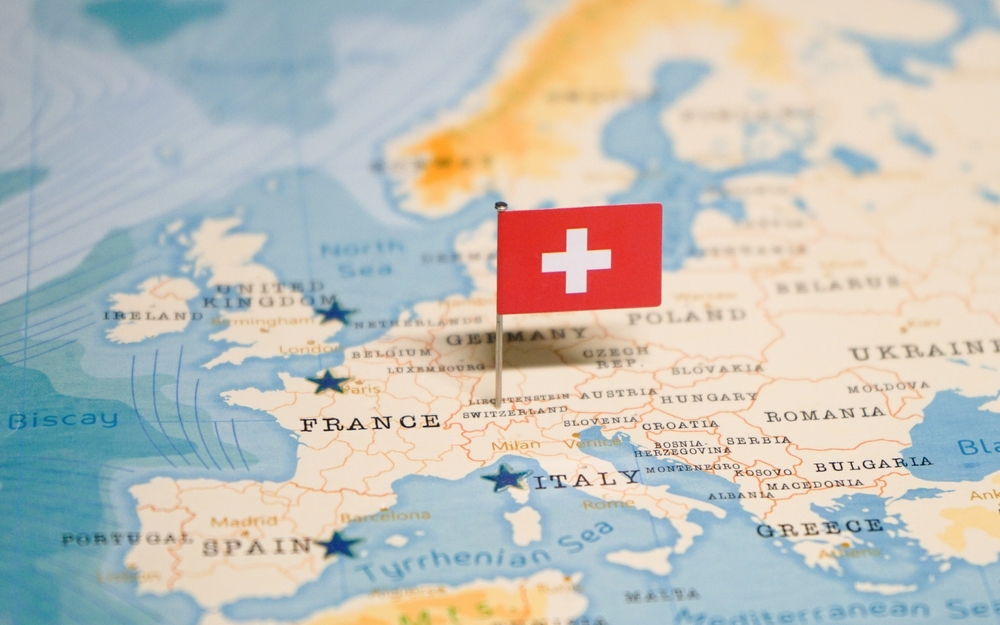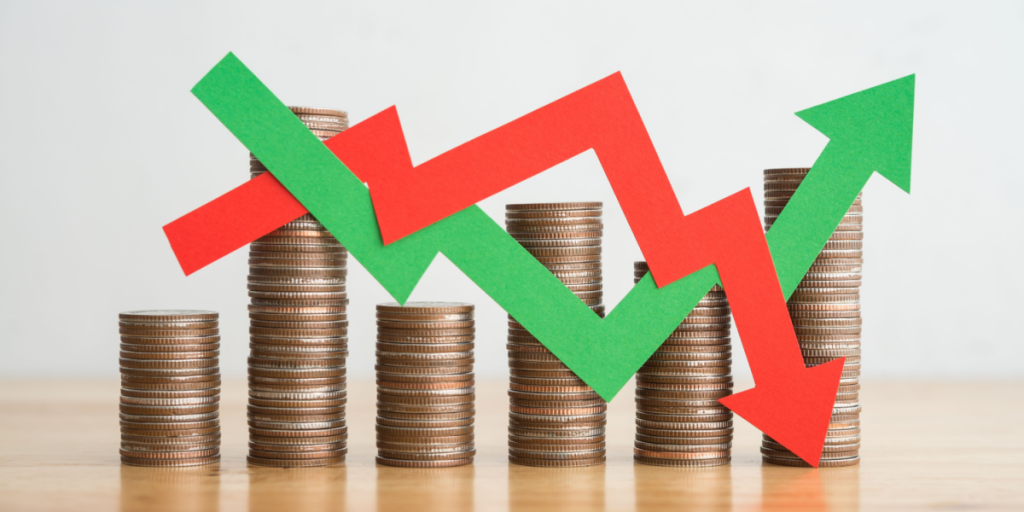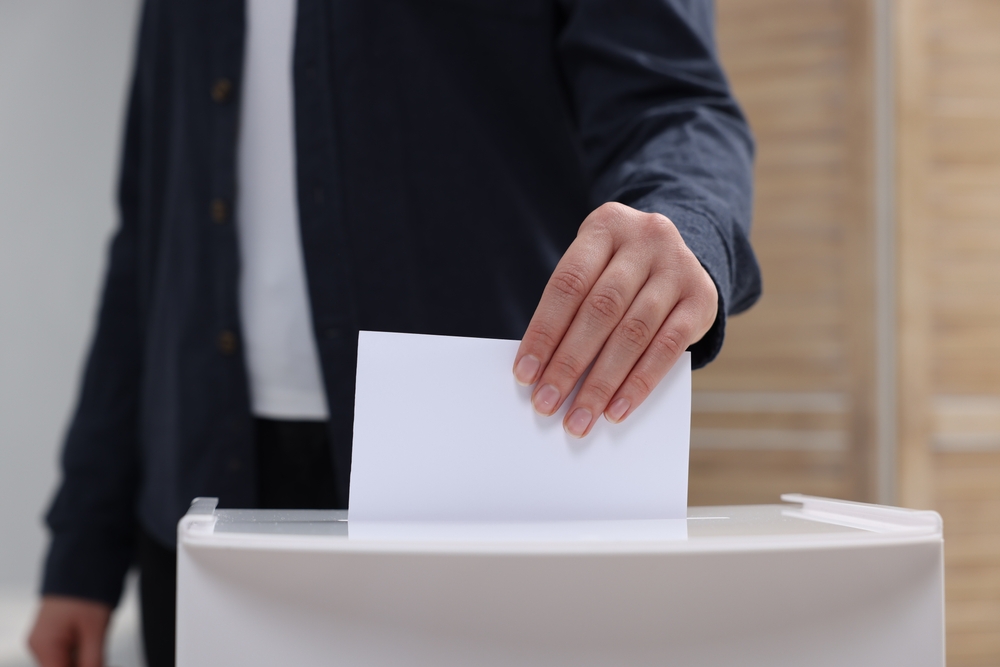According to a White House fact sheet, $67 billion of that will be invested in 2026 alone, with all funds committed by 2028.
Others are reading now
In a notable policy change, the Trump administration announced it will significantly reduce tariffs on goods imported from Switzerland.
The decision follows a meeting between U.S. Trade Representative Jamieson Greer and Swiss officials, marking a new chapter in U.S.-Swiss trade relations.
Tariffs drop from 39% to 15% for Swiss goods

The U.S. will cut its tariff rate on Swiss imports to 15%, down from the previous 39%, one of the highest imposed on any country.
The reduction is expected to lower prices on several key Swiss exports and ease trade tensions between the two nations.
Switzerland commits to major U.S. investment

In exchange for lower tariffs, Swiss companies have pledged to invest at least $200 billion into the U.S. economy.
Also read
According to a White House fact sheet, $67 billion of that will be invested in 2026 alone, with all funds committed by 2028.
Swiss government agrees to cut tariffs on U.S. products

The deal goes both ways. Switzerland will lower its own tariffs on a variety of American goods, though it has not yet detailed which products will be affected.
The Swiss government described the agreement as mutually beneficial.
Pharmaceuticals and semiconductors get tariff caps

Under the agreement, U.S. tariffs on Swiss pharmaceuticals and semiconductors will be capped at 15%.
This comes after the Trump administration had floated the idea of raising tariffs on those sectors, a move that alarmed both industries.
Manufacturing boost expected in the U.S.

Also read
“They’re going to send a lot of manufacturing here to the United States, pharmaceuticals, gold smelting, railway equipment,” said Greer during an interview with CNBC. The administration expects job growth and infrastructure investment to follow.
Watches and medical equipment likely to get cheaper

Among Switzerland’s top exports to the U.S. are wristwatches, unsmelted gold, and medical devices.
Gold was already exempt from tariffs, but consumers may soon see lower prices on watches and medical gear thanks to the new reductions.
Aiming to narrow the trade deficit

The U.S. ran a $38 billion trade deficit with Switzerland last year, according to Commerce Department data.
Officials say the new agreement is designed to reduce that gap by encouraging more balanced trade flows.
Tariffs under Trump rose sharply for Switzerland

Also read
Before Donald Trump’s second term, Swiss goods typically faced tariffs ranging from 0% to 2.5%.
The drastic jump to 39% came during broader tariff hikes that affected several U.S. trading partners.
Swiss government welcomes the new deal

“Although overall tariffs remain higher than before the additional tariffs were introduced in April, the agreed reduction is expected to have a positive impact on the Swiss economy,” the Swiss government said in a statement released Friday.
Key sectors: what’s in and what’s out

The most affected sectors include Swiss watchmaking, pharmaceuticals, medical devices, and gold processing.
While gold remains exempt, the reduced levies will benefit industries that were previously strained by the high 39% rate.
Long-term effects still uncertain

Also read
While the immediate benefits are clear, lower costs and increased investment, the long-term economic impacts will depend on how effectively the investment commitments are fulfilled and whether trade remains stable.
A shift in tone ahead of an election year

The move signals a more cooperative tone from the Trump administration toward key economic allies.
As election season approaches, trade wins like this could be used to bolster claims of economic leadership and job creation.
This article is made and published by Edith Hejberg, who may have used AI in the preparation


